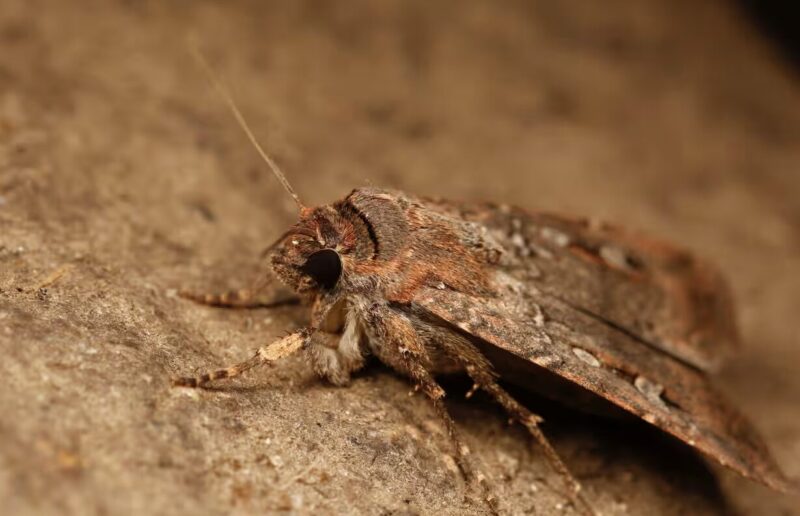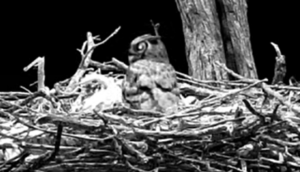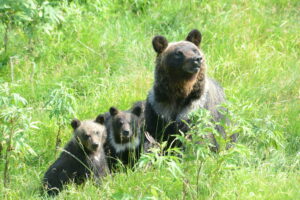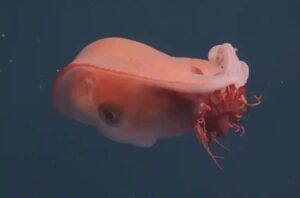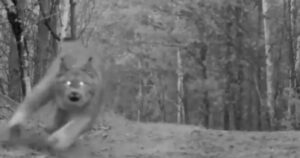Each spring, millions of tiny brown Bogong moths fly 1,000km from southeastern Australia to the caves of the Australian Alps to escape the summer heat. Now we know how they find their way — they navigate using the stars.
They have an innate ability to make this journey. After a few months in the caves, they return to their breeding grounds to mate and die — so the next time they migrate, there are no individuals from a previous generation to show them the way. But somehow, the moths unerringly make it to a place they’ve never visited before.
Their journey can take weeks. The little moths fly each night and rest during the day, hiding up in whatever little crevices they can find en route.
“Their parents have been dead for three months, so nobody’s shown them where to go” said Eric Warrant, the author of the new study. “They just emerge from the soil in spring in some far-flung area of southeastern Australia, and they just simply know where to go. It’s totally amazing.”
Magnetic field not as important
Warrant has studied the moths for years. He previously proved that they use the Earth’s magnetic field to navigate, but he always thought there was more to the story. He believed that the moths had visual cues to guide them. As it turns out, the magnetic fields might play less of a role than previously thought.
To test his theory that the moths use the constellations, Warrant and his team set up a lab in his home near the Australian Alps. They designed a “moth arena” with a projection of the night sky on the ceiling. This perfectly mimicked the stars they would see if making the actual flight. To negate the impact of the magnetic field a Helmholtz coil was used, which creates a magnetic vacuum.
“We captured the moths using a light trap, brought them back to the lab, and then we glued a very thin rod on their back, made out of tungsten, which is nonmagnetic,” explained Warrant. “Once you’ve done that, you can hold that little rod between your fingers, and the moth will fly very vigorously on the end of that tether.”
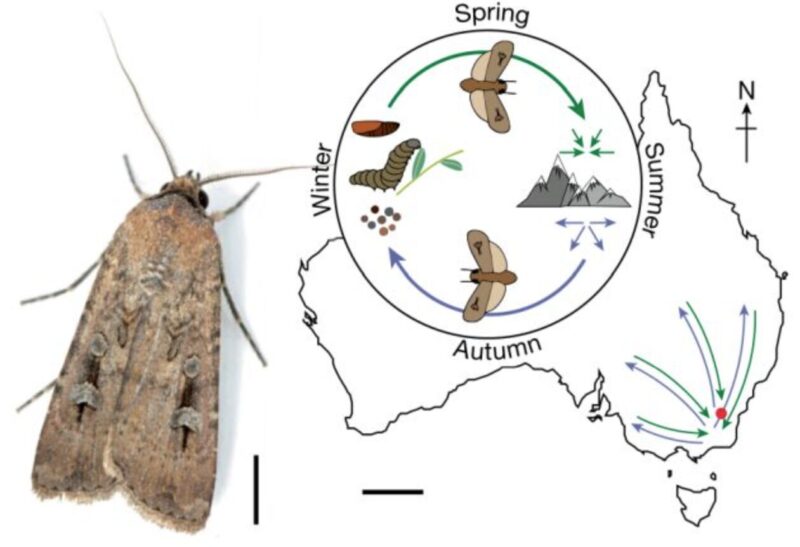
The life cycle of Bogong moths. Image: Dreyer et al., 2025
Positive proof
As the moths flew around the lab, an optical sensor detected their movement. In clear-sky tests, with accurate stellar projections above, the moths oriented themselves seasonally: flying south in spring and north in autumn. Astonishingly, when researchers rotated the star pattern, the moths adjusted their flight direction accordingly. If the stellar patterns were completely scrambled, the moths became disoriented, flying in every direction.
“That was, for us, like the final proof that they actually indeed use the stars for navigation,” said lead researcher David Dyer.
The experiment went even deeper. They then placed electrodes in the moths’ brains to record neural activity. Researchers watched specific brain regions light up when the night sky shifted, especially as the insects faced south, the direction of migration.
Researchers now think that the Earth’s magnetic field is more of a backup navigational system for the moths, used when heavy cloud cover blocks out the stars.
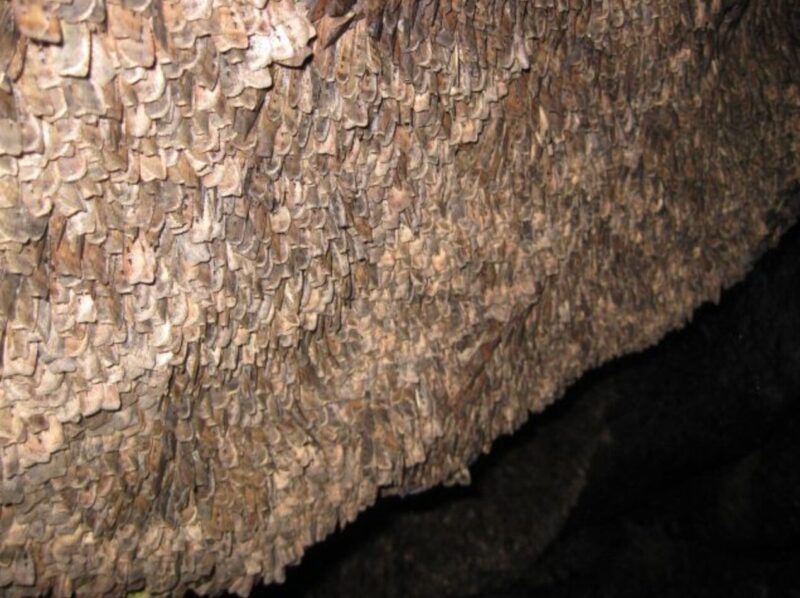
A cluster of Bogong moths. Photo: Eric Warrant
Other celestial navigators
We know there are several birds, seals, and frogs that navigate using stars. Birds such as Indigo buntings rely on the rotation of different constellations to figure out which way is south. In captive studies, harbor seals used specific stars or constellations to orient themselves. This may help them to search for food offshore.
The Bogong moth is the first invertebrate found to do this for such long migrations. Dung beetles (also an invertebrate) do use the stars to navigate, but only in a straight line over much smaller distances. They use the polarized light from the moon and the Milky Way to direct them as they push their dungballs.
Other moths use light sources like the moon to fly in a straight line by keeping the same angle to it — but that is much less complicated than navigating an inborn direction by the stars.
Researchers hope that understanding their navigation will provide clues on how other insects figure out where they are going.
